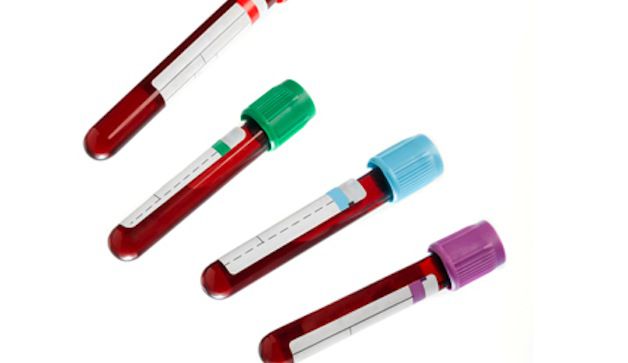**Title: Unlocking the Phlebotomy Program Mysteries: How Long Does It Take to Become a Certified Phlebotomist?**
**Introduction:**
Embarking on a career in phlebotomy can be an exciting and rewarding journey, but many aspiring phlebotomists often wonder: How long does it take to become a certified phlebotomist? In this article, we will delve into the mysteries of phlebotomy programs, discussing the time commitment required to become a certified phlebotomist. Whether you are considering entering the field of phlebotomy or are simply curious about the process, this article will provide you with valuable insights and information.
**Understanding the Phlebotomy Program:**
Before diving into the timeline of becoming a certified phlebotomist, it’s essential to understand the phlebotomy program itself. Phlebotomy programs are designed to educate individuals on the proper techniques for drawing blood, handling specimens, and ensuring patient safety. These programs typically cover a range of topics, including anatomy and physiology, medical terminology, infection control, and venipuncture procedures.
**Phlebotomy Program Length:**
The length of a phlebotomy program can vary depending on the type of program you choose. Here are the common types of phlebotomy programs and the estimated time it takes to complete each:
1. **Certificate Programs:** Certificate programs in phlebotomy are typically offered by vocational schools, community colleges, and technical institutes. These programs can usually be completed in as little as 4 to 8 weeks, depending on the program’s structure and scheduling.
2. **Diploma Programs:** Diploma programs in phlebotomy are more in-depth than certificate programs and may take anywhere from 6 months to 1 year to complete. These programs often include a combination of classroom instruction, laboratory training, and clinical experience.
3. **Associate Degree Programs:** Associate degree programs in phlebotomy are the most comprehensive option and typically take 2 years to complete. In addition to phlebotomy training, these programs may also include coursework in general education subjects.
**Practical Tips for Success:**
If you are considering enrolling in a phlebotomy program, here are some practical tips to help you succeed:
– Research different phlebotomy programs to find one that meets your needs and interests.
– Stay organized and manage your time effectively to balance coursework, lab work, and clinical experience.
– Practice venipuncture techniques regularly to build confidence and proficiency.
– Seek out opportunities for hands-on experience and mentorship to enhance your skills.
**Benefits of Becoming a Certified Phlebotomist:**
Becoming a certified phlebotomist offers a variety of benefits, including:
– Job security and stability in the healthcare industry.
- Competitive salary and advancement opportunities.
– The ability to make a meaningful impact on patients’ lives.
– Flexibility in work settings, such as hospitals, clinics, and blood donation centers.
**Conclusion:**
the time it takes to become a certified phlebotomist can vary depending on the type of program you choose. Whether you opt for a certificate, diploma, or associate degree program, completing a phlebotomy program is a crucial step towards launching a successful career in the field of phlebotomy. By understanding the timeline and requirements of phlebotomy programs, as well as following practical tips for success, you can embark on your journey with confidence and clarity. Are you ready to unlock the mysteries of the phlebotomy program and become a certified phlebotomist?
Remember – with dedication, hard work, and a passion for helping others, you can achieve your goals and make a difference in the world of phlebotomy. Good luck on your phlebotomy journey!
